Maintaining your boat’s engine doesn’t always require a trip to the mechanic. Many essential tasks can be done right at home with a bit of knowledge and the right tools. Regular maintenance not only helps your engine run smoothly but also prevents costly repairs and breakdowns in the future. Taking care of things like inspecting the propeller, replacing filters, and checking the battery will keep your boat in top shape, ensuring you’re always ready for your next adventure on the water.
By handling these simple DIY tasks, you can extend the lifespan of your engine and improve its efficiency. Whether you’re flushing the cooling system after a saltwater trip or cleaning electrical connections to prevent corrosion, these straightforward tasks can make a big difference. Investing a little time into regular maintenance helps you avoid bigger problems down the line, so you can spend more time enjoying the open water and less time dealing with engine issues.
Contents
Inspecting Propellers
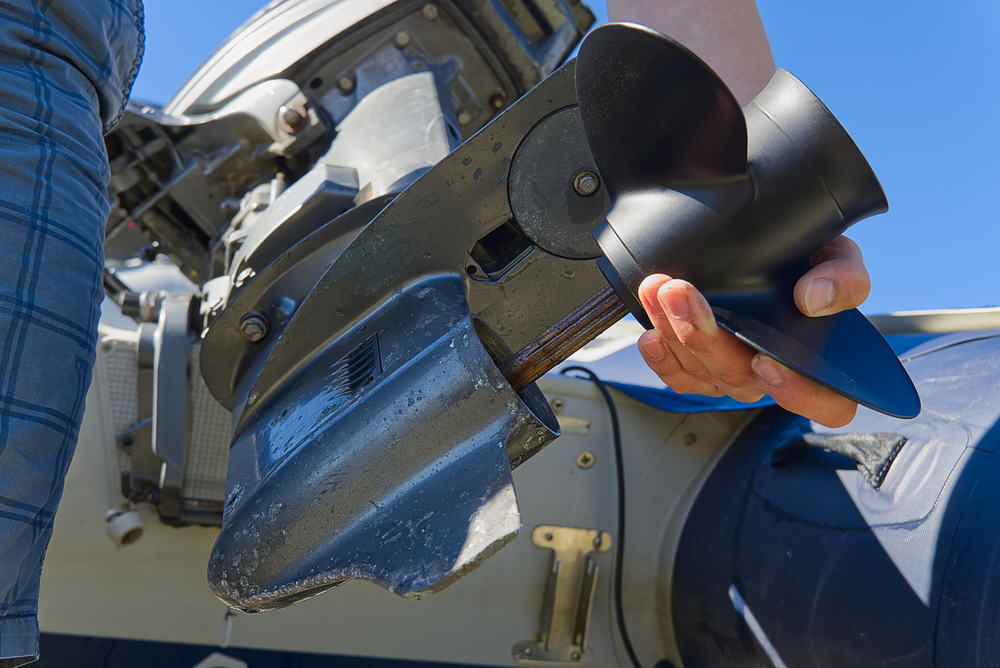
Inspecting your boat’s propellers regularly helps you detect damage such as cracks, dings, or bent blades that can reduce engine performance. A damaged propeller can cause vibrations that strain the engine, affecting fuel efficiency and overall function. Ensuring the propeller is in good condition prevents unnecessary wear and tear on the motor, allowing the boat to move more efficiently through the water. It’s essential to check for debris like fishing lines that might get tangled around the propeller shaft, which could damage the seals and lead to water intrusion.
Replacing Fuel Filters
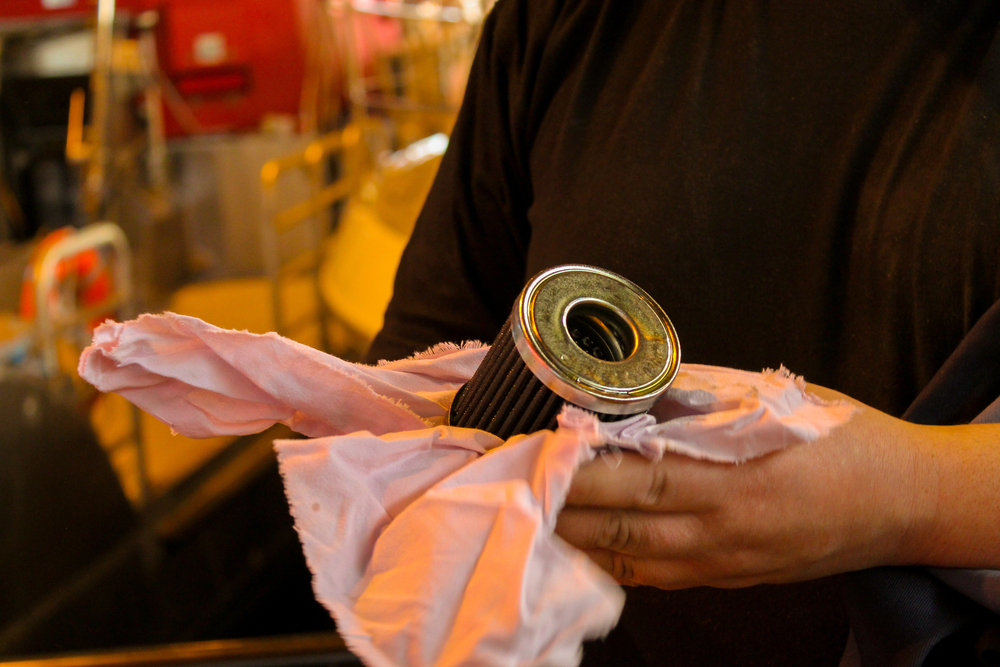
Fuel filters prevent debris, water, and other contaminants from entering the engine, protecting the fuel system from damage. Over time, filters can become clogged, reducing fuel flow and causing the engine to run rough or even stall. Regularly replacing your boat’s fuel filter ensures a clean fuel supply, improving engine performance and longevity. A clean filter also helps optimize fuel efficiency, saving you money on gas while keeping your engine in peak condition.
Flushing Cooling System
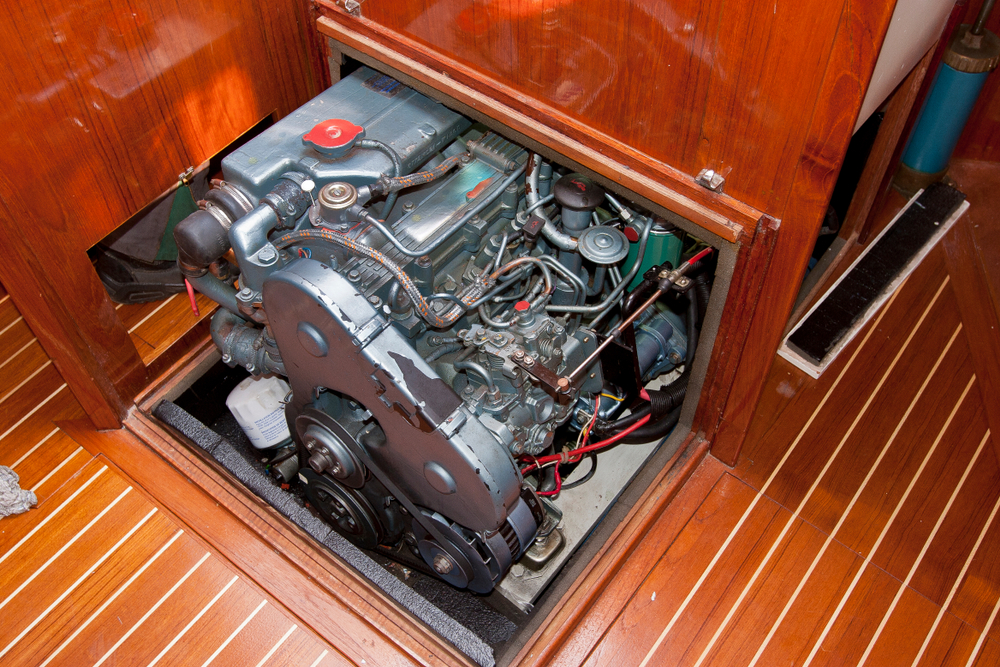
Saltwater, sand, and other contaminants can build up in your engine’s cooling system, leading to corrosion and blockages. Flushing the cooling system after each use, especially in saltwater environments, removes harmful deposits and prevents overheating. This simple maintenance task ensures that your engine stays at the correct operating temperature, reducing the risk of serious engine damage. Regular flushing also extends the life of your cooling components, such as the water pump and hoses.
Testing the Battery

A reliable battery is essential for starting your boat and powering its electrical systems. Regularly testing your boat’s battery helps you avoid unexpected failures while out on the water. Checking the voltage and overall condition ensures the battery is holding a proper charge and isn’t showing signs of wear, such as corrosion on the terminals. By identifying a weak or faulty battery early, you can replace it before it causes more serious electrical issues, ensuring consistent performance every trip.
Inspecting Electrical Connections
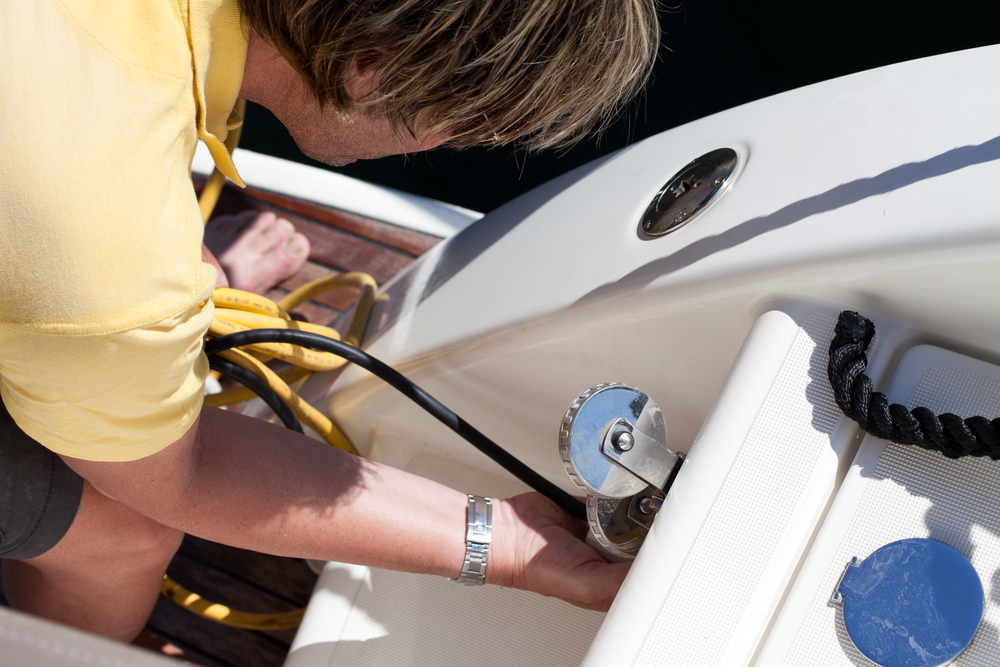
Your boat’s engine relies on a network of electrical connections to operate smoothly. Over time, these connections can loosen, corrode, or become damaged, leading to intermittent engine performance issues or even complete failure. By inspecting and cleaning electrical connections regularly, you ensure a strong, consistent electrical flow to vital engine components. Applying a corrosion-resistant spray after cleaning can also help prevent future issues and extend the life of your electrical system.
Checking and Replacing Belts
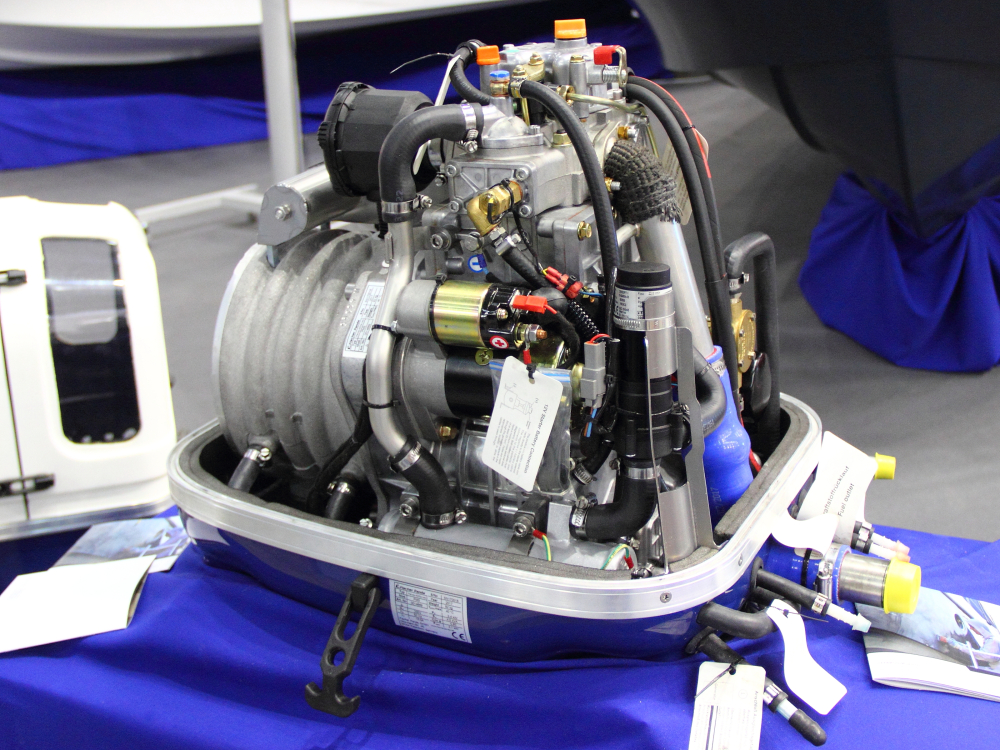
The belts on your boat’s engine drive essential components like the alternator and water pump. Over time, belts can become worn, cracked, or loose, leading to reduced engine performance or complete breakdowns. By regularly checking the condition of your belts and replacing them as needed, you can prevent engine overheating, power loss, and costly repairs. Tight belts ensure optimal power delivery to your engine’s systems, keeping everything running smoothly.
Changing Engine Oil
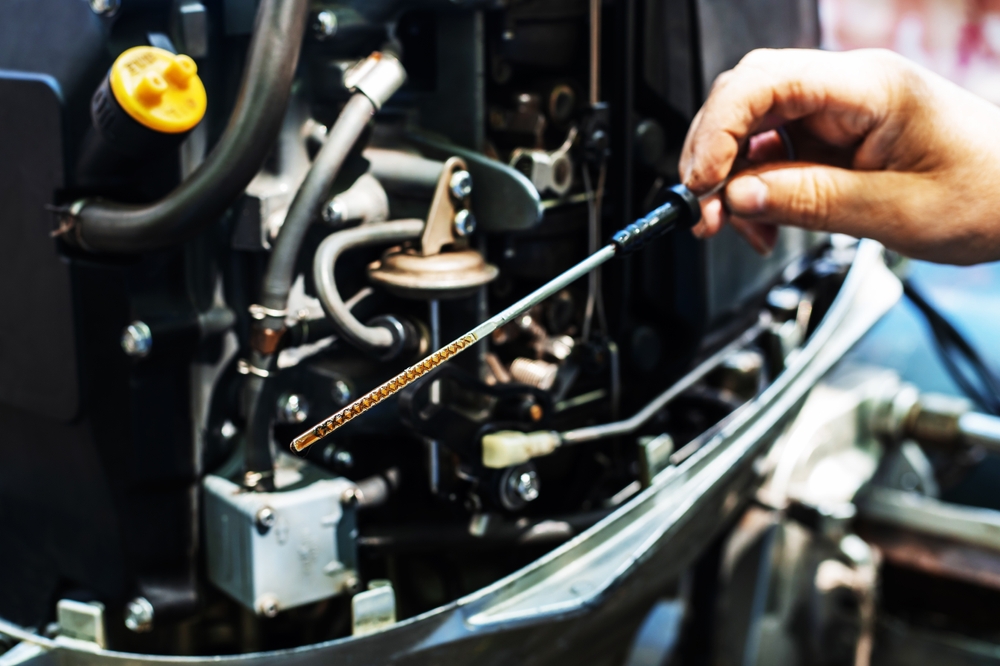
Just like in a car, changing the oil in your boat’s engine is essential for keeping everything lubricated and running smoothly. Over time, oil can break down and become contaminated, leading to increased friction and engine wear. By changing the oil regularly, you remove dirt and debris from the engine, extending its lifespan and ensuring optimal performance. Fresh oil also helps maintain fuel efficiency and reduces the risk of overheating.
Replacing Oil Filter
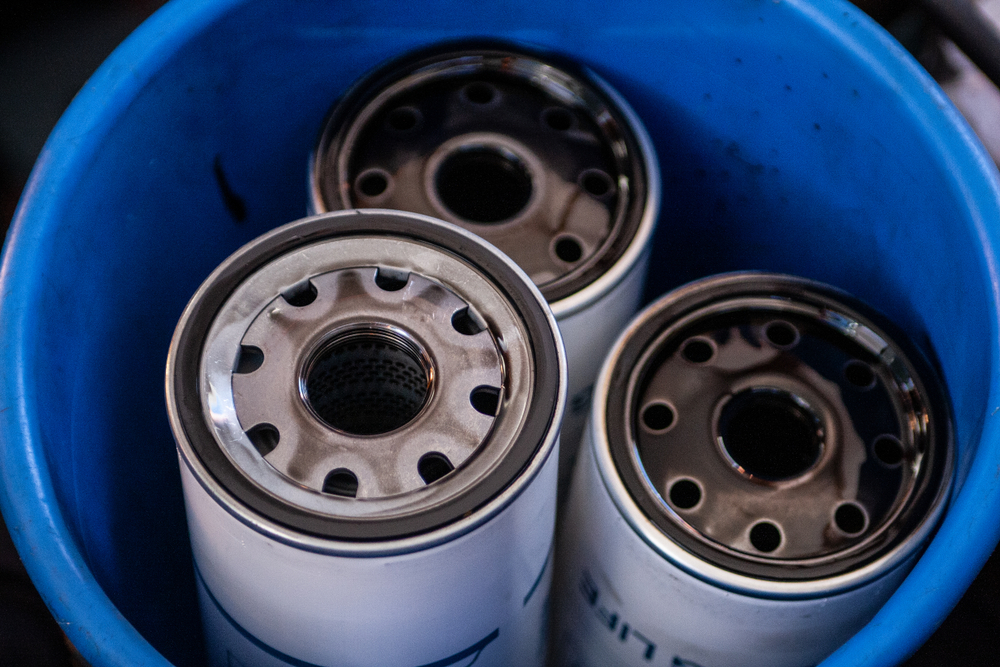
When you change the engine oil, it’s also important to replace the oil filter. The oil filter traps contaminants and particles that could damage the engine. Over time, the filter can become clogged and lose effectiveness, allowing debris to circulate through the engine. Regularly replacing the oil filter helps maintain clean oil flow, improving engine efficiency and reducing the risk of premature engine wear.
Inspecting Hoses and Clamps
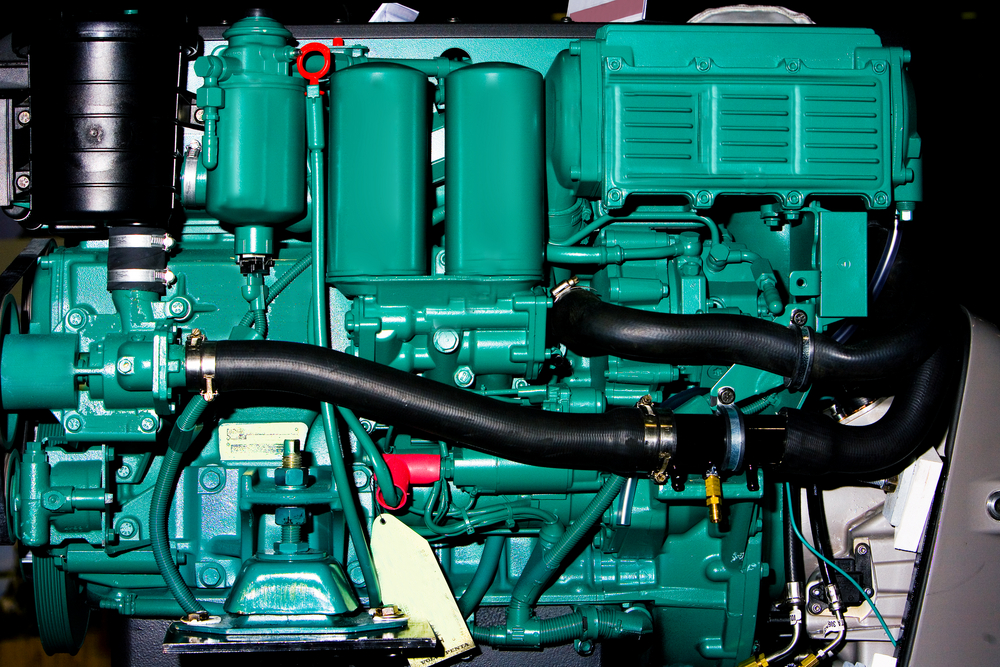
Hoses and clamps are vital components of your boat’s cooling, fuel, and exhaust systems. Over time, they can deteriorate, crack, or become loose, leading to leaks or system failures. By inspecting hoses and clamps regularly, you can catch potential issues early before they cause significant damage. Replacing worn-out hoses and tightening loose clamps ensures proper flow of fluids, prevents overheating, and avoids fuel leaks that could lead to fires.
Greasing Moving Parts

Moving parts like steering systems, throttle linkages, and gears need regular lubrication to reduce friction and wear. Applying grease to these components keeps them operating smoothly and extends their lifespan. Proper lubrication also prevents rust and corrosion, especially in saltwater environments. By regularly greasing these parts, you ensure they function properly, reducing strain on the engine and other systems.
This article originally appeared on MyCarMakesNoise.
More from MyCarMakesNoise
10 Hidden Costs of Collecting Vintage Motorcycles

Collecting vintage motorcycles can be a thrilling and rewarding hobby, offering the chance to own pieces of history that carry both aesthetic and sentimental value. However, the allure of these classic machines often comes with hidden costs that many enthusiasts overlook when they first begin. Read More.
20 Popular Cars That Became Cultural Symbols

Throughout history, certain car models have achieved legendary status, becoming more than just a means of transportation. These vehicles embody the essence of their eras, capturing the imagination of enthusiasts and casual observers alike. Read More.
15 Luxury Cars That Didn’t Live Up to Their Price Tag

When it comes to luxury cars, buyers expect a perfect blend of performance, cutting-edge technology, and high-end materials to justify their premium price tags. However, not every luxury vehicle lives up to these lofty expectations. Read More.














